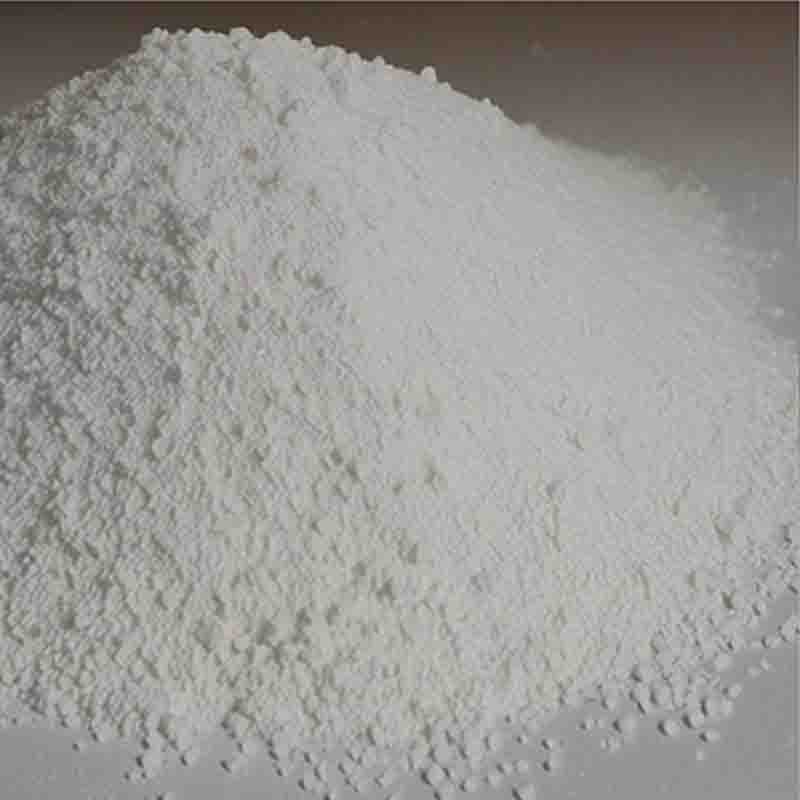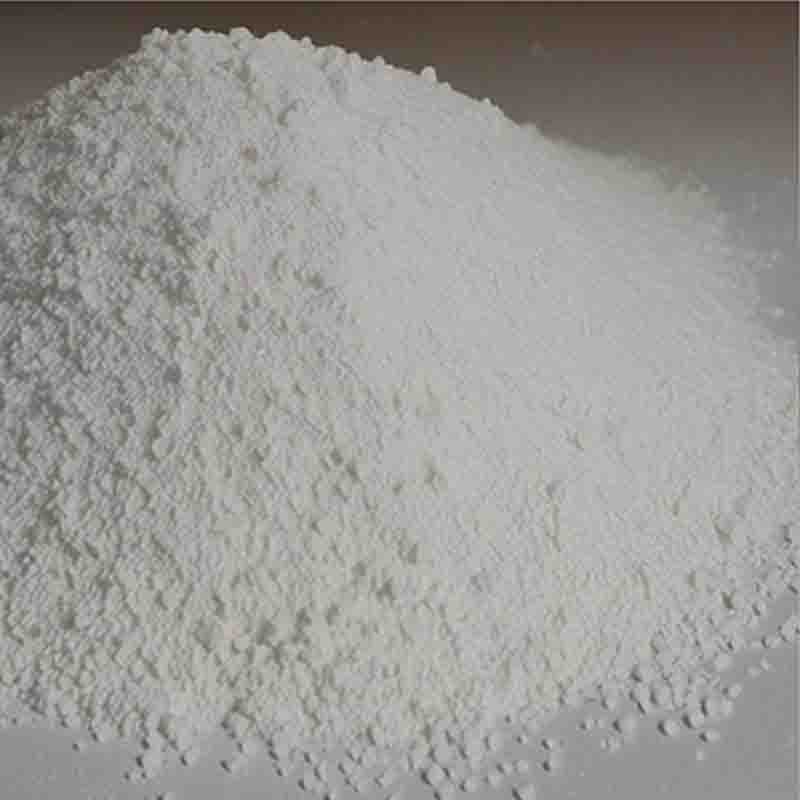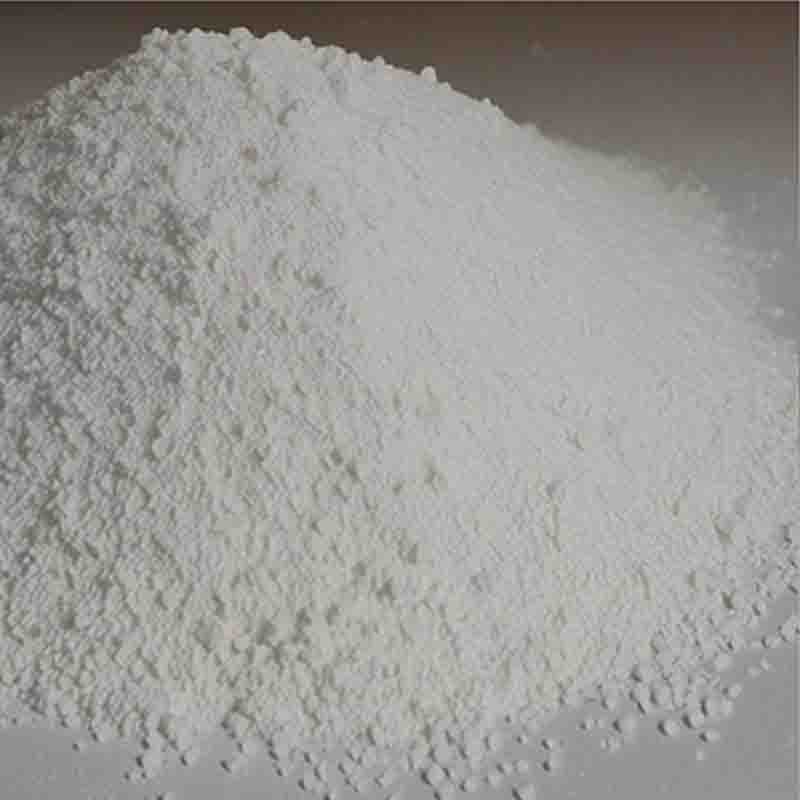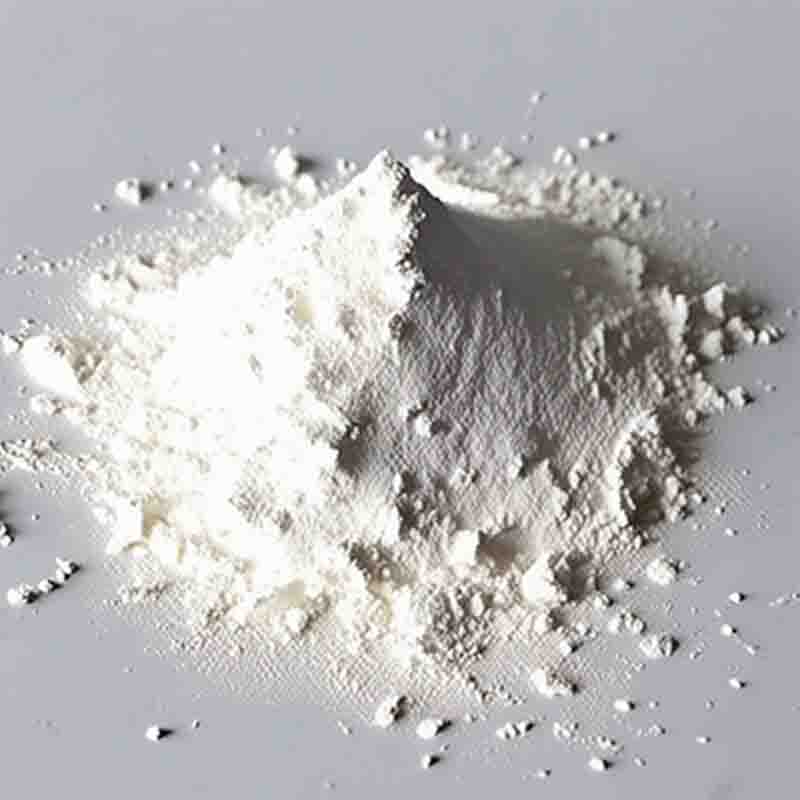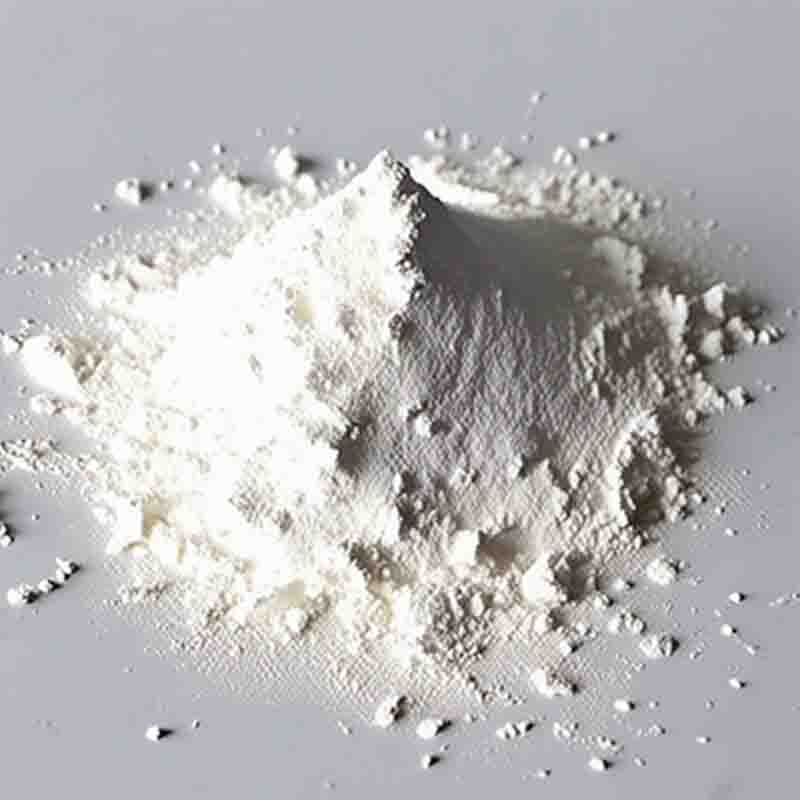3,3′-Dithiobis-1-PropanesulfonicAcidDisodiumSalt CAS: 27206-35-5
| Catalog Number | XD94897 |
| Product Name | 3,3'-Dithiobis-1-PropanesulfonicAcidDisodiumSalt |
| CAS | 27206-35-5 |
| Molecular Formula | C6H15NaO6S4 |
| Molecular Weight | 334.41 |
| Storage Details | Ambient |
Product Specification
| Appearance | White powder |
| Assay | 99% min |
3,3'-Dithiobis-1-Propanesulfonic Acid Disodium Salt, also known as DTBPSS, is a chemical compound with various applications in different industries.
One of the primary uses of DTBPSS is in the field of protein research and biochemistry. It is commonly used as a reducing agent and a denaturant in protein studies. DTBPSS can break disulfide bonds in proteins, allowing for the analysis of protein structure and function. It is often used in techniques such as protein electrophoresis and Western blotting.
Furthermore, DTBPSS finds application in the field of electrochemistry. It can be used as an electrolyte additive in electrochemical cells and batteries. DTBPSS can enhance the performance and stability of electrochemical systems by improving the conductivity and reducing the internal resistance of the cells.
Moreover, DTBPSS can also be used in the field of polymer chemistry. It can be used as a crosslinking agent and a stabilizer in the production of polymers. DTBPSS can form strong covalent bonds between polymer chains, improving the mechanical strength and thermal stability of the polymers. It can also act as an antioxidant, protecting the polymers from degradation caused by oxidation.
In addition, DTBPSS has applications in the field of analytical chemistry. It can be used as a standard reference material for calibration purposes in analytical techniques such as ion chromatography and spectrophotometry. DTBPSS can provide a known concentration of sulfonic acid groups, allowing for accurate quantification of analytes in samples.
In conclusion, 3,3'-Dithiobis-1-Propanesulfonic Acid Disodium Salt has versatile applications in protein research, electrochemistry, polymer chemistry, and analytical chemistry. Its reactivity and ability to modify proteins, enhance electrochemical systems, improve polymer properties, and serve as a standard reference make it a valuable compound in various industries.




